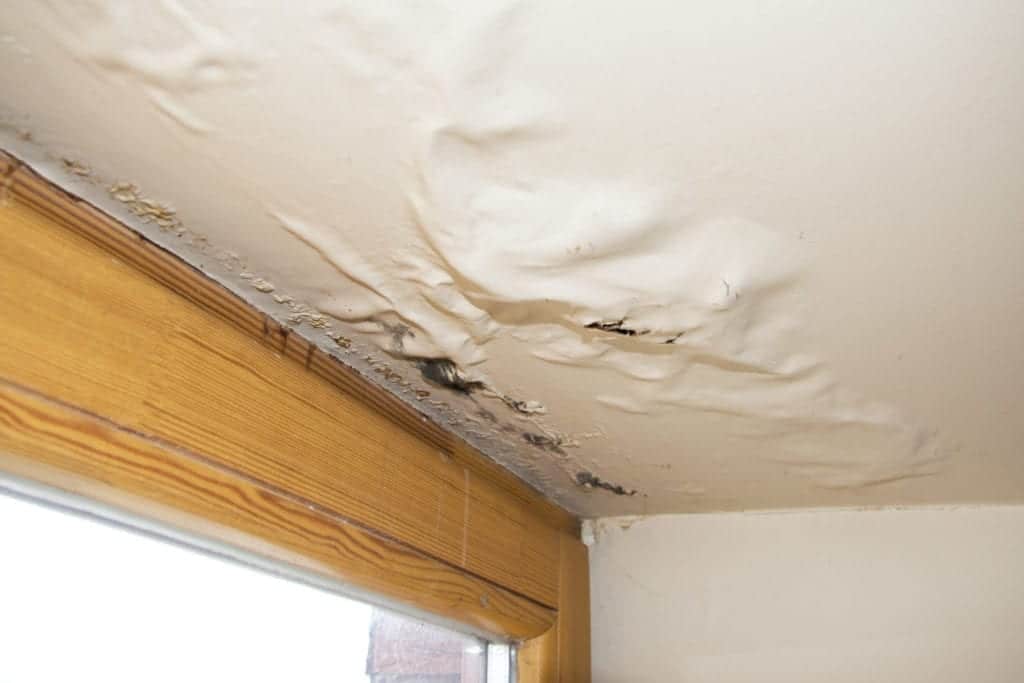Detect Sneaky Water Line Leaks: 6 Smart Detection Tips
Detect Sneaky Water Line Leaks: 6 Smart Detection Tips
Blog Article
Do you find yourself on the lookout for critical information concerning Locating water leaks?

Early discovery of leaking water lines can mitigate a possible catastrophe. Some little water leakages may not be visible.
1. Take A Look At the Water Meter
Every home has a water meter. Checking it is a surefire way that helps you uncover leaks. For starters, shut off all the water sources. Make sure nobody will flush, make use of the faucet, shower, run the washing maker or dishwasher. From there, go to the meter and watch if it will change. Given that nobody is utilizing it, there ought to be no motions. If it relocates, that indicates a fast-moving leakage. If you discover no modifications, wait an hour or 2 and also examine back once again. This suggests you might have a slow leak that can also be below ground.
2. Examine Water Usage
If you find unexpected adjustments, despite your consumption being the same, it suggests that you have leaks in your plumbing system. A sudden spike in your expense suggests a fast-moving leak.
A stable boost every month, even with the same habits, shows you have a slow leakage that's also slowly rising. Call a plumber to completely examine your building, particularly if you really feel a warm location on your floor with piping below.
3. Do a Food Coloring Test
When it comes to water consumption, 30% comes from toilets. If the color somehow infiltrates your bowl throughout that time without flushing, there's a leak between the storage tank as well as dish.
4. Asses Outside Lines
Don't neglect to examine your outside water lines too. Test faucets by affixing a yard tube. Must water leak out of the connection, you have a loose rubber gasket. Replace this and guarantee all links are tight. If you've obtained an automatic sprinkler, it will certainly help get it skillfully took a look at and also preserved yearly. One little leak can throw away lots of water as well as surge your water expense.
5. Examine as well as Examine the Scenario
Homeowners should make it a practice to check under the sink counters and also inside closets for any bad odor or mold and mildew growth. These two warnings show a leakage so timely attention is called for. Doing regular inspections, also bi-annually, can conserve you from a significant trouble.
Inspect for stainings as well as deteriorating as most pipes as well as home appliances have a life expectancy. If you believe dripping water lines in your plumbing system, don't wait for it to rise.
Early detection of leaking water lines can reduce a possible disaster. Some tiny water leakages may not be noticeable. Checking it is a guaranteed method that aids you discover leaks. One tiny leak can waste loads of water and also surge your water bill.
If you think leaking water lines in your plumbing system, don't wait for it to intensify.
WARNING SIGNS OF WATER LEAKAGE BEHIND THE WALL
PERSISTENT MUSTY ODORS
As water slowly drips from a leaky pipe inside the wall, flooring and sheetrock stay damp and develop an odor similar to wet cardboard. It generates a musty smell that can help you find hidden leaks.
MOLD IN UNUSUAL AREAS
Mold usually grows in wet areas like kitchens, baths and laundry rooms. If you spot the stuff on walls or baseboards in other rooms of the house, it’s a good indicator of undetected water leaks.
STAINS THAT GROW
When mold thrives around a leaky pipe, it sometimes takes hold on the inside surface of the affected wall. A growing stain on otherwise clean sheetrock is often your sign of a hidden plumbing problem.
PEELING OR BUBBLING WALLPAPER / PAINT
This clue is easy to miss in rooms that don’t get much use. When you see wallpaper separating along seams or paint bubbling or flaking off the wall, blame sheetrock that stays wet because of an undetected leak.
BUCKLED CEILINGS AND STAINED FLOORS
If ceilings or floors in bathrooms, kitchens or laundry areas develop structural problems, don’t rule out constant damp inside the walls. Wet sheetrock can affect adjacent framing, flooring and ceilings.
https://www.servicemasterbyzaba.com/blog/how-to-detect-water-leakage-in-walls/

I found that page on Top leak detection hacks when browsing on the search engines. Liked our write up? Please share it. Let someone else find it. Thank you for taking the time to read it.
Immediate attention? Phone us! Report this page